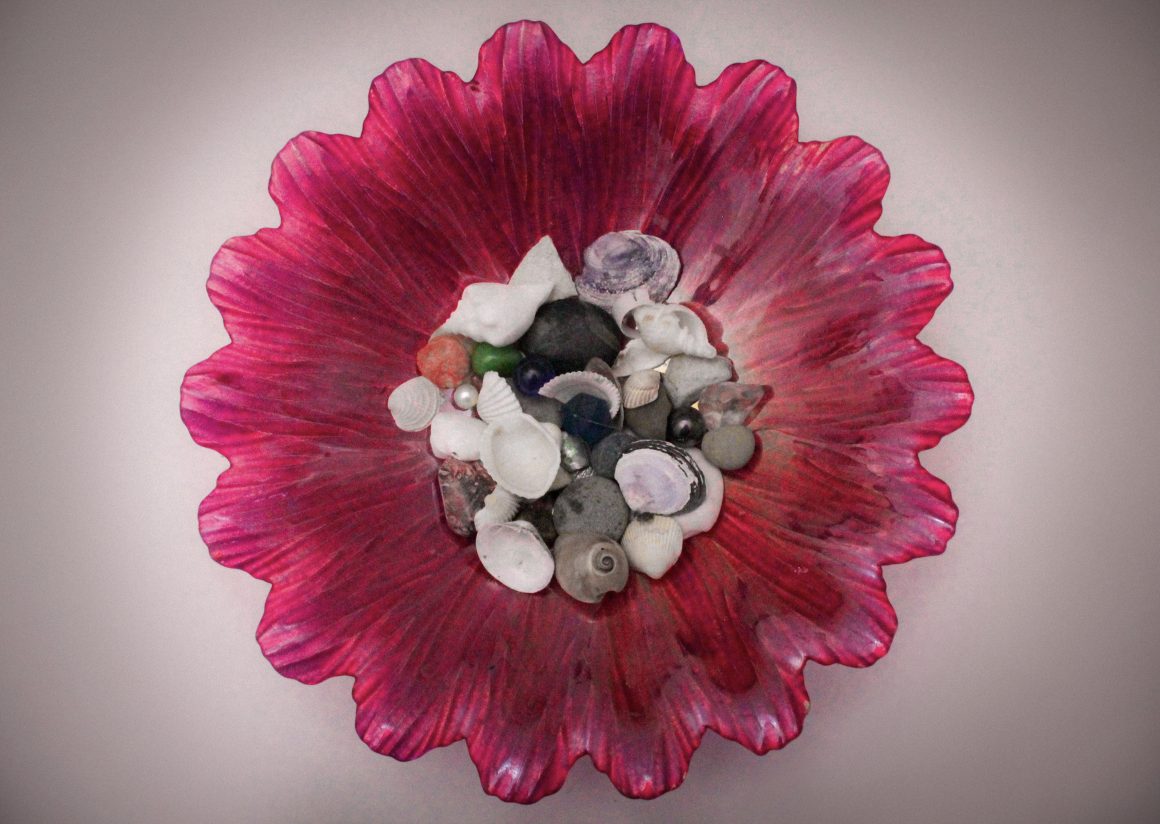
More precious than pearls: how Indigenous clam gardens can help mitigate the climate crisis
By Leonie O’Sullivan, June 3 2023—
Today’s society is finally grasping the reality of global warming and climate change. With forest fires ablaze and soaring temperatures, change needs to happen to save the planet. Typical green initiatives include recycling or taking public transit — but have you heard about clam gardens?
Clam gardens emanated from the ingenuity of Indigenous peoples in ancient times. Indigenous peoples built rock walls at the extreme low tide points on the shores. Those walls then collected sediment, sand and gravel to create clam gardens, which resemble mud-filled infinity pools — see a schematic here. This created a softer surface which eased the harvesting of clams for Indigenous peoples. Not only is harvesting less demanding, but harvests are more bountiful as clam gardens enable optimal growing conditions for clams, alleviating food insecurity. Other shellfish like barnacles, oysters and crabs are also found in clam gardens, along with seaweed, kelp and some types of fish.
The Food and Agriculture Organization (FAO) of the United Nations (UN) have reported that due to the rising population — by 2050 there will be an extra 1.6 billion people calling Earth their home — it is necessary to increase food production by 60 per cent. This is not only due to the extra mouths to feed. Projected harvests around the world are expected to deteriorate due to the climate crisis, lowering the global yields from crops. One option is to turn to clam gardening to help close the food production gap.
Clams thrive best in an area that has an intertidal height of 0.8-1.7 m. Intertidal height is the difference in the height of the water level at low and high tide. The gentler beach slopes of clam gardens increase the area with this optimal intertidal height — allowing clams to flourish. Littleneck clams grow 1.7 times faster and harvests of butter clams are quadrupled within clam gardens. Clams are an excellent source of nutrition, they are rich in vitamins and minerals and contain roughly the same amount of protein as beef. If a new fertilizer were to come on the market that cut growing time almost in half and quadrupled harvest yields, while being completely natural — it would be a global success. Why aren’t clam gardens getting the attention they deserve?
Besides fighting food insecurity, clam gardens even slow down the exiting tide, regulating temperatures and keeping marine life cool on hot summer days. This cooling effect is extremely critical in current times. Just two years ago, the West Coast 2021 heat dome recorded temperatures up to 49.6 degrees Celsius in Canada, claiming the lives of an estimated billion sea creatures. Now, in 2023 we are embarking on the impacts of El Niño, bringing hot and dry weather to Western Canada. The destiny of coastal marine life relies on our ability to learn from Indigenous peoples to become better caretakers of the land.
From tilling, to adding crushed-up shells — also known as shell hash — Indigenous peoples have been caring for clam gardens for at least 3500 years. Tilling is a process of breaking up the sediment to promote oxygenation. Scientists from the Hakai Institute in British Columbia looked at shells trapped below the man-made walls to approximate the age of the ancient gardens. Using radiocarbon dating, they determined the percentage of unstable, radioactive isotope carbon-14 in the shell to back-calculate its age and how long the clam garden had been standing.
For over 3500 years, Indigenous peoples have passed down their knowledge and skills required to construct and care for clam gardens to their younger generations. Indigenous peoples learned to nurture the land, for it to nourish you in return. The Metlakatla First Nation based on the North Coast of British Columbia held focus groups to learn if there were people interested in learning about clam gardens. Community members had the opportunity to help survey clam gardens for a clam garden restoration project. To learn more about this work, and further the transfer of this knowledge, watch this video here.
